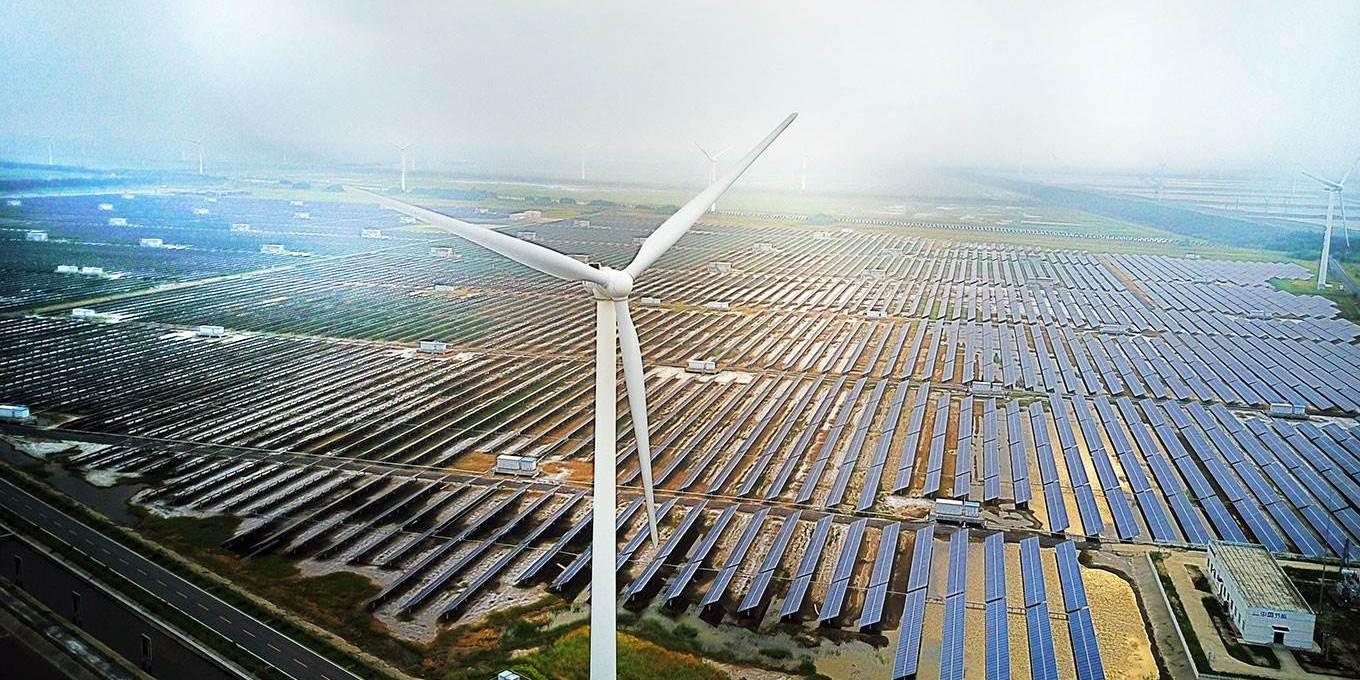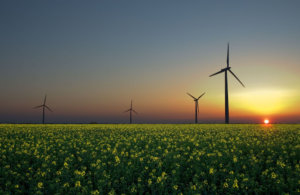This article originally appeared on Project Syndicate
Many recent visitors to Beijing have been pleasantly surprised by blue skies rather than smog. In part, the cleaner air reflects heavy-handed policies: polluting factories have been moved away from the capital and other major cities, and coal-fired heating systems have sometimes been closed down before alternative gas facilities have been put in place. But the change in Beijing also reflects China’s growing understanding that a truly green economy promises not only to improve quality of life, but also to create enormous opportunities for technological and political leadership.
In absolute terms, China is now the world’s largest greenhouse-gas emitter, accounting for more than 25% of the global total. Even in per capita terms, it has just overtaken the European Union average, while still at only half the US level. This reflects an electricity system based 70% on coal, as well as China’s global leadership in heavy industries such as steel, cement, and chemicals. But China is already by far the biggest investor in wind and solar power, and is now canceling plans for further coal investment. And as China builds a low-carbon economy, it enjoys a massive resource advantage.
A recent report by the International Energy Agency includes a color-coded map showing which areas of the world have the most wind and solar resources. The largest lies in China’s sparsely populated western provinces of Tibet, Qinghai, Xinxiang, and inner Mongolia. In principle, covering just 5% of that total land area in solar panels could supply China with 6,000 TW hours of electricity per year, meeting its entire current electricity demand (the wind resource is also massive)
Recent auctions in similarly favorable locations – such as northern Chile and Mexico – have produced bids to supply solar power at a price of less than $0.02 per kilowatt-hour, with wind below 2.5 cents. Chinese power investors, in both solar and wind, are certain that within the next ten years they could deliver renewable power to China’s booming coastal regions at a price well below current prices for coal-generated electricity.
Of course, that would require massive investment: China’s National Energy Administration has announced a plan to spend $360 billion on renewable power by 2020. But, relative to China’s total savings and investments (more than $5 trillion per year) and a banking system with total assets over $30 trillion, this level of spending is easily manageable.
As China builds a low-carbon power system, it will reap a major industrial advantage. With lower costs for renewable electricity, the IEA report notes, hydrogen can be produced more cheaply as well, via electrolysis rather than from methane reforming, creating huge opportunities for the decarbonization of steel, fertilizer, and chemical production, and for the possible use of green hydrogen in long-distance trucking and shipping. In a global zero-carbon economy, the logical location to base much industrial production will be where wind and solar power is cheap.
Chinese companies already play a major role in all the major technologies needed to power the green economy, including photovoltaic panels, wind turbines, batteries, and the sophisticated systems required to manage the interaction of intermittent electricity supply and time-varying demand. Support for green technologies also features prominently in the Made in China 2025 program, which aims to push Chinese manufacturing to world-leading scientific and technical standards. And the faster that Chinese policy drives a transition to a low-carbon economy, the greater the technological and economic opportunity.
Electrification of road transport will play a crucial role in delivering improved local air quality, and, when combined with increasingly green electricity, reducing CO2 emissions. Major Chinese companies already play a leading role in the development of electric cars, and Chinese cities are by far the biggest buyers of electric buses. Likewise, Beijing’s increasingly blue skies benefit from the fact that almost all of its two-wheel motorized vehicles run on electricity, not gasoline. And the major Chinese tech companies, like their US rivals, are investing heavily in autonomous driving technology and ridesharing systems.
In electric transport, Chinese companies are as well placed as their European and American counterparts to innovate and be globally competitive. By contrast, it would take many years to match the expertise that Western car companies have developed over a century of producing internal combustion engines. So the faster the Chinese economy moves to electric transport, the better placed Chinese companies will be. The government has stated that it will soon set a date beyond which no fossil-fuel cars may be sold in China. A fair bet is that it will shock the world by announcing a date far earlier than 2040, the deadline set by both France and the United Kingdom, in order to gain not just cleaner air but also a competitive advantage.
Accelerated Chinese progress toward a green economy could deliver a significant political advantage as well. President Xi Jinping aspires to make China an attractive economic and social model for others to emulate, seizing the opportunity created by US President Donald Trump’s tarnishing of the American brand to boost Chinese “soft power.” Many features of China’s political system impede that goal. But China could become a highly respected and admired leader in the fight against global climate change.
We should not be surprised if, within a decade, Beijing’s bright blue skies prove to be a harbinger of Chinese technological leadership in all aspects of the green economy. Nor should we be shocked if Xi’s commitment to build an “ecological civilization” turns out to be more than just empty words.






